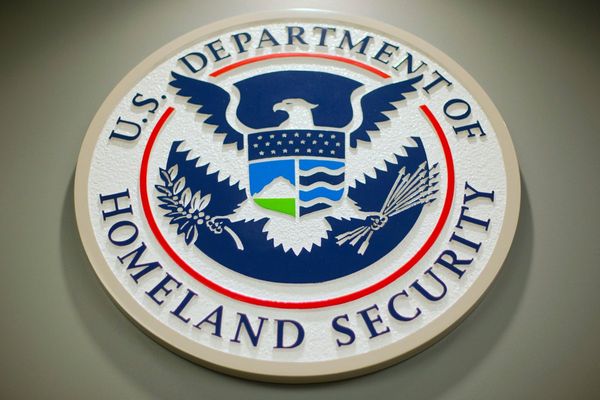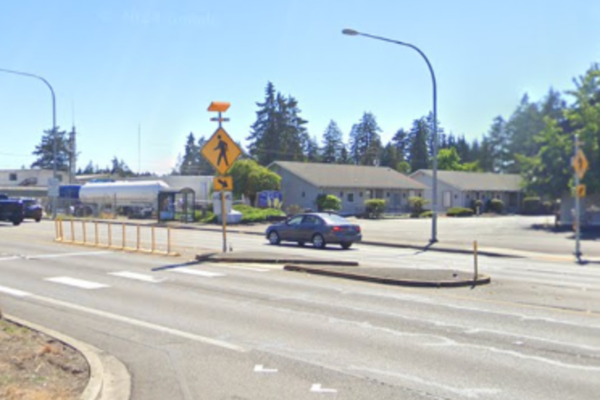
As flood waters surged through the streets and submerged the houses, Bilawal Jamshed rushed to the rooftop with his family, terrified the water would swallow everyone in Mingora, Swat, in Pakistan’s northern Khyber Pakhtunkhwa province.
“Everything happened in seconds, as if a dam had burst and water rushed toward us. We were lucky it was morning and we could escape to the rooftops. Imagine if it had happened at night,” says Jamshed, 36, while walking through streets still filled with foul-smelling sludge, as residents and volunteers struggle to clean up more than a week after the devastating floods.
Khyber Pakhtunkhwa has been the worst-hit region in Pakistan, with torrential rains and flash floods killing more than 400 people, according to the Provincial Disaster Management Authority. Thousands of houses in Swat have reportedly been damaged, with losses worth billions of rupees.
Punjab province is on high alert and 19,000 people have been evacuated as rivers have surged again with a new monsoon spell. A 7km (4-mile) lake was created in Gilgit, in northern Pakistan, after a mountain mudslide on Friday.
Since the monsoon season began in late June, 788 people have died in heavy rains that have caused flash floods and glacial lake outbursts sweeping away roads, villages, livestock and farmland and resulting in the displacement of thousands of people across Pakistan. According to figures released by the National Disaster Management Authority (NDMA) on Monday, the deaths include 200 children, 117 women and 471 men.
Buner, a district adjacent to Swat, reported the highest death toll, with more than 200 people killed as torrential rains and flash floods wiped out downstream villages. Almost 100 people are still missing.
On a visit to Buner last Wednesday, the prime minister, Shehbaz Sharif, told residents: “It is Qayamat – doomsday – for you. It is for us as well. If we want to prepare for it [floods], we need to make policies. If we don’t, God won’t forgive us.”
The government and authorities have been facing a backlash for allowing the construction of hotels and restaurants on riversides, and poor urban planning. Residents in Swat have told the Guardian that while the provincial government has started to crack down on illegal construction, a federal minister was among those who had built a resort near a river.
Pakistan’s climate change minister, Musadik Malik, says he has been instructed by Sharif to make a plan to deal with the abnormal monsoons, to improve drainage systems and stop illegal construction.
“As the PM made it clear, the government won’t spare any powerful person’s illegal construction. We can’t tolerate more deaths and destruction, we have to ensure water drains and nullahs [watercourses] are clear,” Malik says.
Mujeeb ur Rehman, a labourer in Mingora, has sent his family to stay in a nearby village unaffected by the floods while he surveys the damage to their home. “Our refrigerator, washing machine, gas cylinders and all our belongings are gone,” he says.
Jamshed cries as he explains the impact on his family: “My father is a diabetic patient who needs frequent access to the toilet. The water tank and house are filled with mud. We don’t have clean drinking water. It has been nine days, and my father still has not received his insulin dose.”
WaterAid Pakistan has warned about the threat of waterborne and other diseases to millions of residents. Its country director, Mian Muhammad Junaid, says: “Water contamination has reached 80% in parts of the region. This will result in widespread disease and sickness, from cholera to diarrhoea, threatening many more lives, unless we intervene right now.”
Pakistan, which has a population of more than 240 million, is one of the countries most vulnerable to the effects of the climate crisis, witnessing heatwaves and torrential rains. Devastating flash floods in 2022 killed at least 1,700 people and affected more than 33 million.
Naseer Memon, an author and climate crisis expert, says there are three main elements aggravating the floods.
“First, encroachment in the flood plains – such as high population, lack of housing. Second is decades-long massive deforestation … Third, there is almost no climatic analysis or impact assessment of the region for infrastructure development,” he says.
Malik has acknowledged that deforestation has worsened the situation in Pakistan but says the rise in global temperatures cannot be avoided, and that “powerful countries” contribute the most to the climate crisis.
“These countries responsible for the destruction, are getting 85% of green financing. This is hypocrisy. The loss and damage fund was created and we got zero funds despite getting a commitment of billions of dollars as our glaciers are melting and we contribute less than 1% in global warming,” says Malik.
Pakistani authorities have been accused of downplaying the floods and blaming “cloudbursts”, sudden intense rainfall, while ignoring poor urban planning and governance issues.
Ali Tauqeer Sheikh, a climate change and sustainable development expert, insists “there is maladaptation, which means that the investments end up causing more harm than good. For example, public sector investment in the country that gave us infrastructure, but in reality … is creating additional risks and hazards for the larger population.
“I see this crisis as an opportunity for Pakistan to turn around its decision-making on climate change. Entire Pakistan is in the eye of the storm. This should be a wake-up call for the policymakers.”







